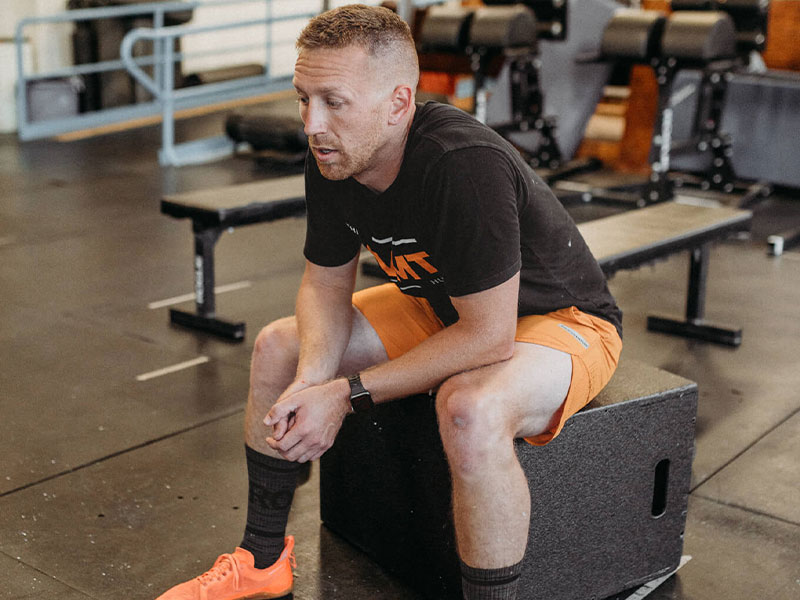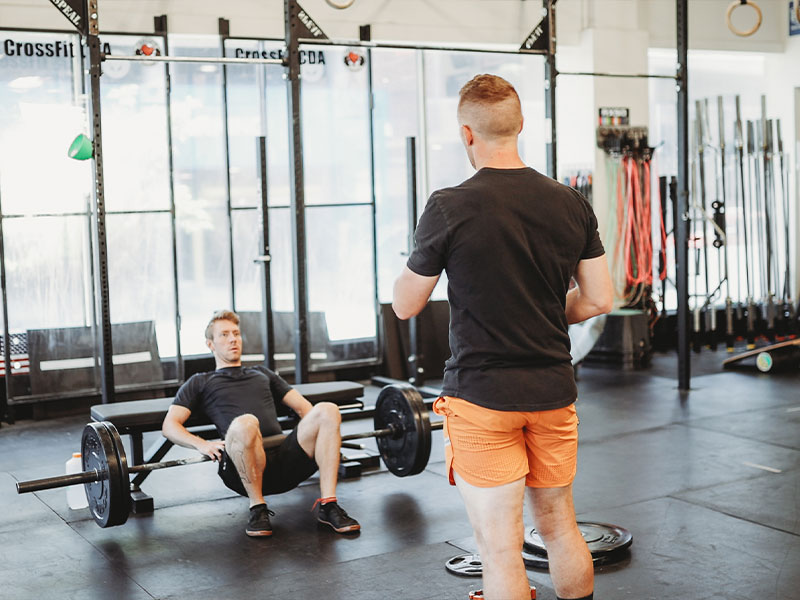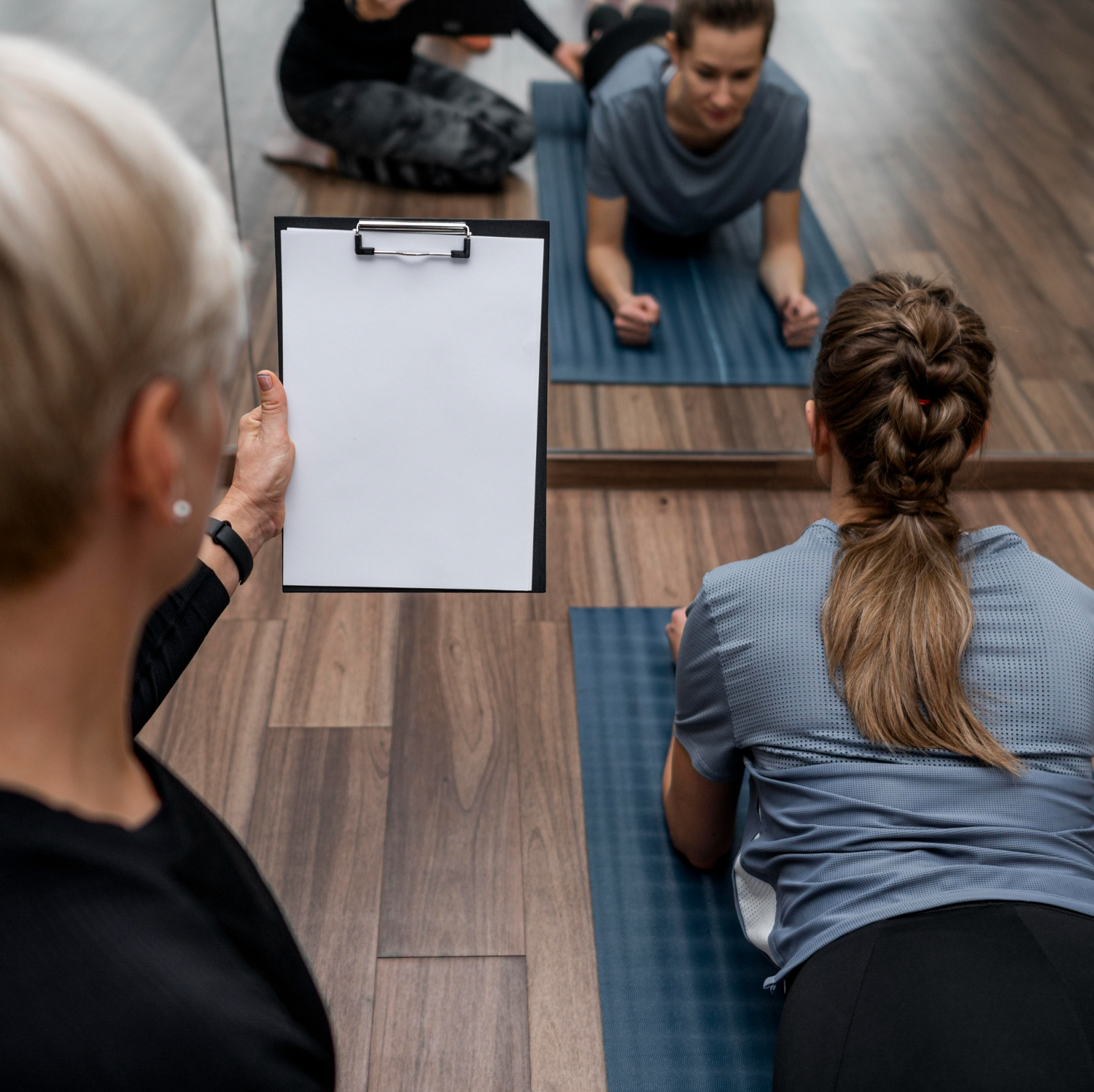Suffering an injury can be frustrating, especially for those who are passionate about physical activity and sports or just coming off a previous injury. However, it’s important to recognize that an injury doesn’t necessarily mean avoiding certain movements altogether. In fact, with the guidance of a sports rehab doctor, you can understand the cause of your injury, learn proper movement mechanics and work towards strengthening the affected areas to prevent future injuries. Let’s look at why avoiding movements entirely may not be the best approach and how proper rehabilitation can lead to a safer, stronger, and more resilient you.
Understanding the Injury:
When you sustain an injury, it’s crucial to understand the root cause. A sports rehab doctor plays a key role in assessing the nature and extent of your injury, identifying any muscle imbalances, weaknesses, or faulty movement patterns that contributed to the injury. By gaining this understanding, we can work together to target the underlying issues and develop a comprehensive rehabilitation plan. In the overall picture, when an injury occurs, there has been an adaptation, the tissue (bone, muscle, ligament, cartilage etc.) has been damaged and its tolerance for loading (walking, running, jumping, twisting, contraction etc.) has been compromised. The most efficient way of restoring function and tolerance is to return to mechanism of injury as soon as possible, under lesser tolerances or loads.
Proper Movement Mechanics:
One of the primary goals of sports rehabilitation is to teach you proper movement mechanics. Rather than avoiding movements altogether, the focus is on performing them correctly and efficiently. For example, if you injured your knee during a squat, a rehab specialist will analyze your squat mechanics and identify any shortcomings or faults. Furthermore, once an injury has occurred your body is nearly instantly working to begin the repair process, by avoiding the squat all together, the tissues will have no tolerance when you find yourself in that squat again. Through targeted exercises, I may be able to help you retrain or improve your movement patterns, ensuring proper function, optimization of the right muscles, and improved biomechanics. This approach allows you to regain confidence in performing the movement safely and effectively.
Progressive Rehabilitation:
Rehabilitation is a gradual process that involves progressive loading and strengthening of the injured area. Avoiding movements entirely can lead to muscle atrophy, loss of mobility and decreased functional abilities (you won’t have what you don’t train). With the guidance of a sports rehab doctor, you can engage in targeted exercises that gradually challenge and strengthen the weakened and/or injured areas. Tailoring exercises to your specific needs, gradually increasing intensity, range of motion and resistance as your body adapts and heals is a vital part of treatment. This progressive approach helps rebuild strength, stability and endurance while minimizing the risk of re-injury.
Preventing Future Injuries:
The ultimate goal of rehabilitation is not just to recover from the current injury but also to prevent future injury. By addressing muscle imbalances, weaknesses and faulty movement patterns, you can create a solid foundation for injury prevention. As a sports rehab doctor I will guide you through exercises that target the weak areas, improve flexibility, enhance stability and promote overall functional fitness. This holistic approach reduces the likelihood of future injuries and allows you to perform at your best.
When faced with an injury, it’s essential to approach rehabilitation with a positive mindset and seek the guidance of a sports rehab doctor. Remember, avoiding movements may result in less pain or discomfort for the time being but may also hinder your progress, return to activity and lead to further weaknesses. By understanding the cause of your injury, proper movement mechanics and engaging in progressive rehabilitation, you can not just recover from your injury but also become stronger and more resilient. Embrace the journey of rehabilitation and empower yourself to return to your active lifestyle with confidence.




